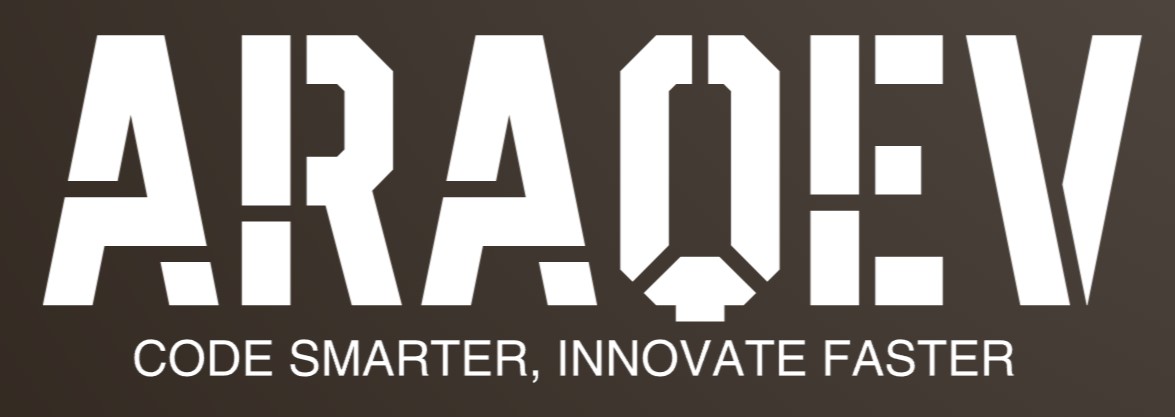How Can You Create a List from a Struct in Swift for iOS Development?
In the world of iOS development, Swift has emerged as a powerful and intuitive programming language that empowers developers to create dynamic and engaging applications. One common task that developers encounter is the need to display data in a structured format, particularly when working with custom data types. This is where the concept of creating…
